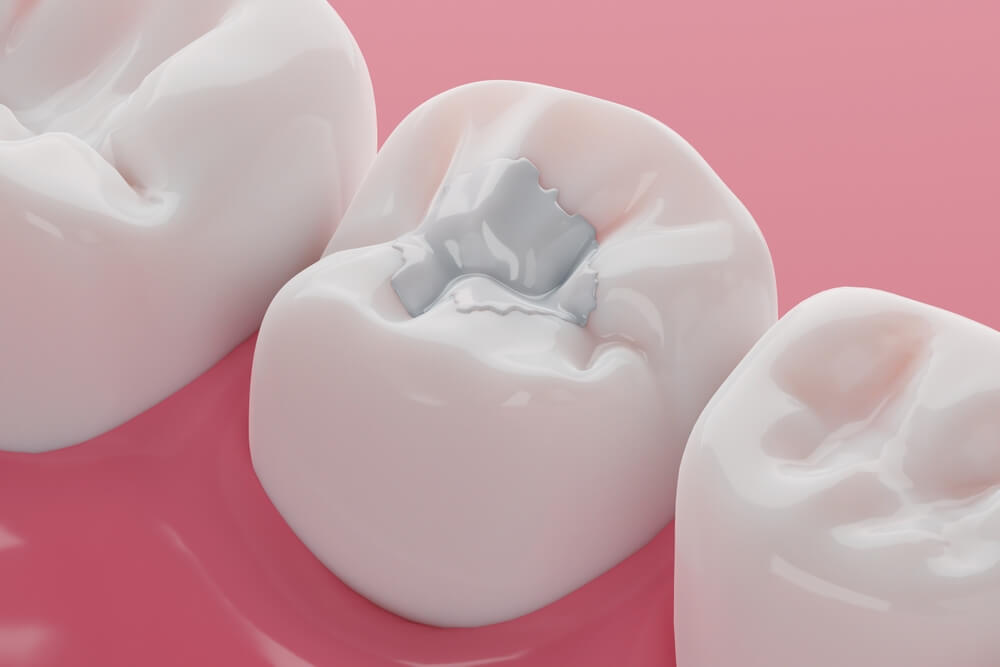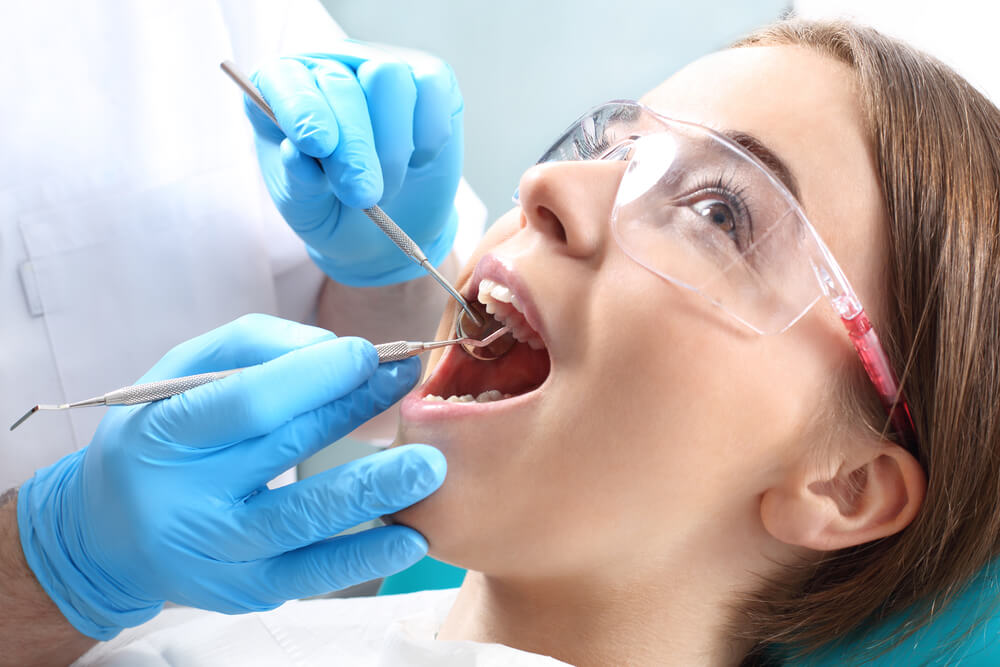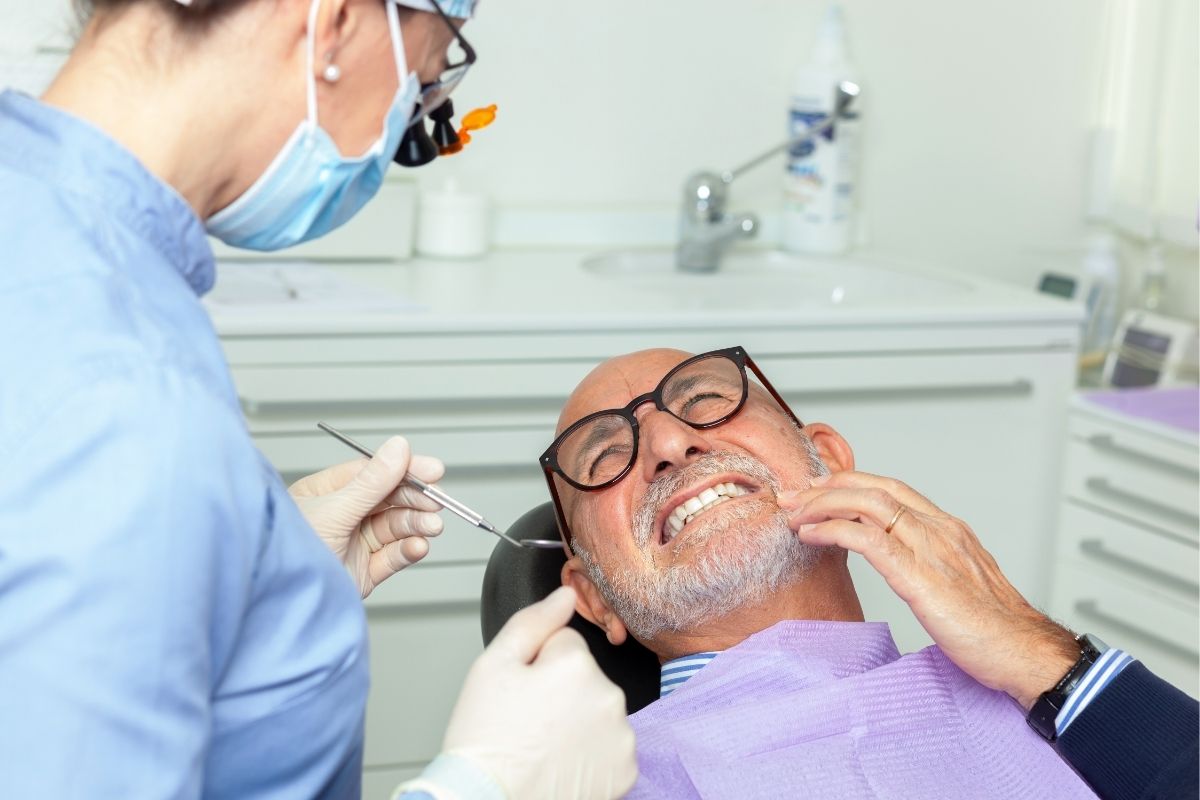Dental fillings are a common dental procedure aimed at restoring the structure and function of a decayed or damaged tooth. While they are generally successful in treating cavities and strengthening teeth, it’s not uncommon for patients to experience discomfort or pain after the procedure. In this article, we will explore the reasons behind tooth pain after dental fillings and how to address them effectively.
The Role of Dental Fillings

Dental fillings play a crucial role in preserving the health of your teeth. When a tooth develops a cavity due to decay or damage, a filling is used to fill the affected area, preventing further decay and restoring the tooth’s strength and function. However, despite the benefits of dental fillings, some patients may experience post-procedure discomfort.
Equilibrating Bite: A Common Culprit
One of the most common reasons why your tooth might hurt after a dental filling is an equilibrating bite. This occurs when your bite is off, either due to the numbness experienced during the procedure or because you’re unsure of how to bite correctly. Even though dentists strive to ensure proper alignment before you leave the clinic, changes in bite alignment can occur as the numbness wears off.
Numbness and Pressure
After the numbness subsides, you may notice that your bite doesn’t feel quite right. This discrepancy in bite alignment can exert pressure on specific points of the tooth or gum, leading to irritation and discomfort. The sensation of pressure on the filled tooth may cause it to ache, indicating that adjustments may be necessary to achieve proper bite alignment.
Addressing Discomfort and Pain
If you experience tooth pain after a dental filling, there are several steps you can take to alleviate discomfort and promote healing:
1. Communicate with Your Dentist
If you’re experiencing persistent pain or discomfort after a dental filling, don’t hesitate to contact your dentist. They can evaluate your symptoms, identify any underlying issues, and make necessary adjustments to the filling or bite alignment.
2. Practice Good Oral Hygiene
Maintaining good oral hygiene habits, such as brushing twice a day and flossing regularly, can help prevent further decay and promote healing after a dental filling procedure.
3. Use Over-the-Counter Pain Relief
Over-the-counter pain relievers, such as ibuprofen or acetaminophen, can help alleviate tooth pain and discomfort. Be sure to follow the recommended dosage instructions and consult with your dentist if you have any concerns.
4. Avoid Hard or Sticky Foods
To prevent further irritation to the filled tooth, avoid chewing on hard or sticky foods that may exacerbate discomfort. Stick to softer foods and avoid putting unnecessary pressure on the affected tooth.
In Summary

Dental fillings are an essential treatment for restoring the health and function of decayed or damaged teeth. However, it’s not uncommon to experience discomfort or pain after the procedure. By understanding the common reasons behind tooth pain after dental fillings, such as equilibrating bite and numbness, and taking proactive steps to address discomfort, you can promote healing and ensure the long-term success of your dental fillings. If you’re experiencing persistent pain or discomfort, don’t hesitate to reach out to your dentist for guidance and support. If you have any concerns or experience discomfort after receiving a dental filling, don’t hesitate to contact Indian Trail Dental today. Our experienced team is dedicated to providing exceptional dental care and ensuring your comfort and satisfaction.




